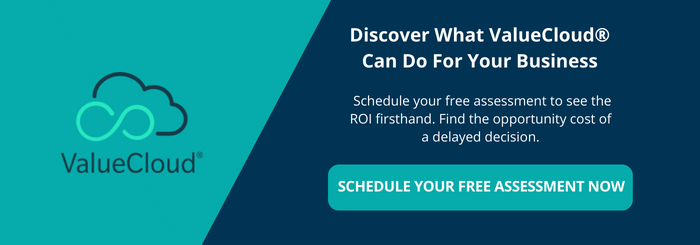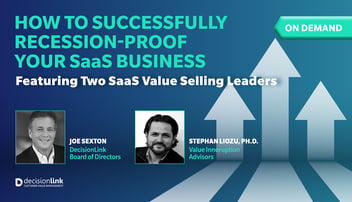Recession Buster #1: Validate That Your Core CVP Is Still Robust

A customer value proposition (CVP) cannot be static. It needs to be refreshed every 6-12 months to make a company stays in touch with market needs. That is the ideal case scenario. The reality is different. Most companies and start-ups focus on their core CVP at the beginning of their development and forget to manage it dynamically. The key word here is dynamically! When a recession looms, things accelerate and become much more dynamic. Customers’ perception of value and preference shift and sometimes in an extremely dramatic way. They prioritize spending and are much more focused on delivered value and price.
One of the most fundamental things to do before or during an economic recession is to deep dive into the core value proposition and gauge its robustness. Competitors might have caught up or customers do not see the same level of differentiation. If that happens, your core is vulnerable, and you need to take immediate action to innovate or accelerate your product roadmap. The overall objective is to protect the core of your business and make it even more differentiated. Please keep in mind that competitors might do the exact same exercise.
- Conduct internal meetings with key stakeholders to refresh the CVP and create new value maps with the sales team, customer success team, and marketing team.
- Conduct qualitative interviews or focus groups to validate your refreshed customer value proposition. Focus on customers’ pains and gains to reprioritize based on qualitative feedback.
- Conduct quantitative to validate some of the key pains as well as the customer's willingness to pay for some of your pain relievers. This is relevant if you have a large customer base and want to get robust data to conduct segmentation analysis as well as positioning maps.
- Bring all the data together and develop a game plan for your revised go-to-market approach based on a renewed CVP.
Now you might say that you do not have the time and budget to conduct such a deep redesign process. I would respond to this by asking: “What could be more important than talking with customers and discussing their pains and gains.” This should be done on a regular basis. It is also the foundation of your future value models and the powerful ROI calculations you might deliver to them in times of crisis. Some of the value drivers might have shifted due to the recession. You might have to reprioritize your ROI calculations to focus much more on specific areas of distress.
The bottom line is that this exercise should be done now as the impending recession looms, and we start seeing the first sign of cracks in the economy. This process can be done within 30 to 45 days by creating a tiger team and mobilizing your customer insights vendors. By interacting with your top customers and showing them that you are taking action to focus on their needs and pains, you are also scoring points on the loyalty scale. Customers and prospects will be quick to tell you if you are relevant or not. Right now, the shift to protecting cash and focusing on profit is real. If you do not make changes in your CVP, you might the first candidate to be kicked out based on the cost-cutting process. The best strategic defense is a calculated offense.
Bio

Dr. Stephan Liozu (www.stephanliozu.com) is the Founder of Value Innoruption Advisors (www.valueinnoruption.com), a consulting boutique specializing in industrial pricing, digital business, and value models, and value-based pricing. Stephan has 30 years of experience in the industrial and manufacturing sectors with companies like Owens Corning, Saint-Gobain, Freudenberg, and Thales. He holds a Ph.D. In Management from Case Western Reserve University, and has written several books, including Dollarizing Differentiation Value (2016) and Value Mindset (2017).

 ValueCloud
ValueCloud
.png?width=118&height=76&name=Rectangle%20(3).png) ValueCloud Ignite
ValueCloud Ignite
.png?width=92&height=92&name=Rectangle%20(4).png) Free Assessment
Free Assessment
.png?width=100&height=100&name=Rectangle%20(5).png) Watch a Demo
Watch a Demo
.png?width=82&height=96&name=Rectangle%20(6).png) Value Calculator
Value Calculator

.png?width=62&height=51&name=Group%2010%20(1).png) Marketing
Marketing
 Sales
Sales
 Customer Success
Customer Success
 Engage Prospects
Engage Prospects
 Win Deals Faster
Win Deals Faster
 Retain Customers
Retain Customers
.png?width=62&height=62&name=Rectangle%20(8).png) Adopt and Scale
Adopt and Scale
.png?width=54&height=54&name=Rectangle%20(9).png) Cybersecurity
Cybersecurity
 Healthcare
Healthcare
.png?width=54&height=54&name=Rectangle%20(10).png) IT & Software
IT & Software




